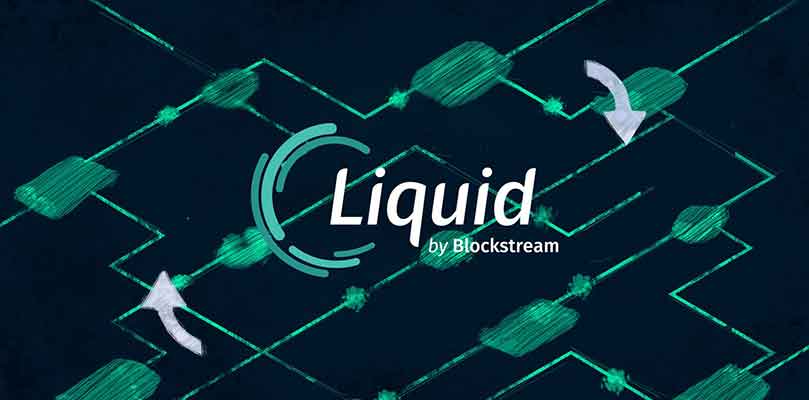Blockstream, a blockchain technology company has recently announced the launch of the Liquid Network, the company’s revolutionary take on the concept of bitcoin sidechains. This project is expected to supersede the limitations of the regular bitcoin blockchain by being able to withstand heavy transaction volumes that are often experienced by brokers, exchanges and other cryptocurrency services experience. At launch, the Liquid Network already had over 20 exchanges including Xapo, BitMEX, and Bitfinex on boards which indicates how eager industry stakeholders are about solutions to the problems associated with volume transfers on the bitcoin blockchain.
What It Does
The primary purpose of the Liquid Network will be improving transaction speeds as well as efficiency on the bitcoin blockchain while at the same time facilitating a more ‘liquid’ movement of bitcoin between exchanges. In addition to the primary objectives, the Liquid Network will also introduce such features and functions as confidential transactions, issued assets, and a new token.
Liquid Network’s new token, L-BTC, is pegged to the price of bitcoin and its holders can readily trade it for BTC. Issued assets, on the other hand, will be Liquid Networks way of tokenizing fiat currencies, securities, and even gold and treating them as Bitcoin equivalents.
According to a blog post written by Blockstream, the Liquid Network went live om September, a few days prior to the announcement. The post further outlines the company’s plans to add more features in the future – these will include integration of the GreenAddress Wallet as well as third-party hardware wallet support from Trezor and Ledger.
How Does It Compare to The Lightning Network?
Both the Lightning Network and the Liquid Network are sidechains of the bitcoin blockchain, i.e., they allow for transactions to be performed off of bitcoin’s main blockchain thus allowing service providers to avoid the inconveniences of the bitcoin network. However, unlike the Liquid Network, the Lightning Network is primarily intended to cater for smaller transactions since it relies on the power of nodes with relatively limited capacities, perhaps one of the reasons why its adoption has been hampered.
“Liquid allows parties to send funds to any destination, without the need to establish channels ahead of time. Funds in Lightning are ‘hot’ (private keys are online), whereas you can store Liquid Bitcoin in both hot or cold wallets. Liquid also has the ability to have Lightning added as a second layer as well, so we view these two technologies as complementary and both important for the ecosystem,” Blockstream’s CSO, Samson Mow explained.
Blockstream’s short-term goal is to build out the features of the Liquid Network so as to ease its introduction, and subsequently, wider adoption in the wider crypto community. In the long term, the company is aiming to have bitcoin as the epicenter of more sidechains that will facilitate the seamless and interconnected exchange of the crypto industry’s many assets.

